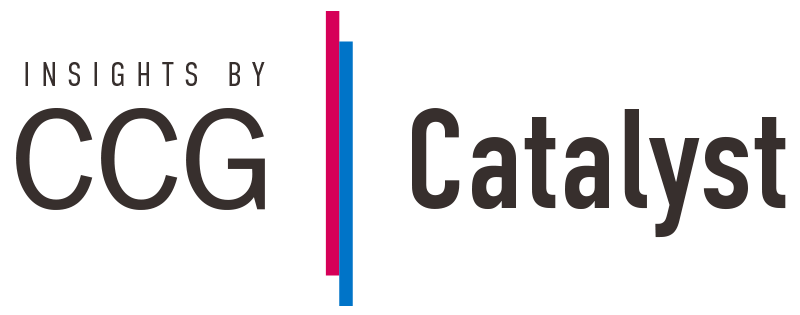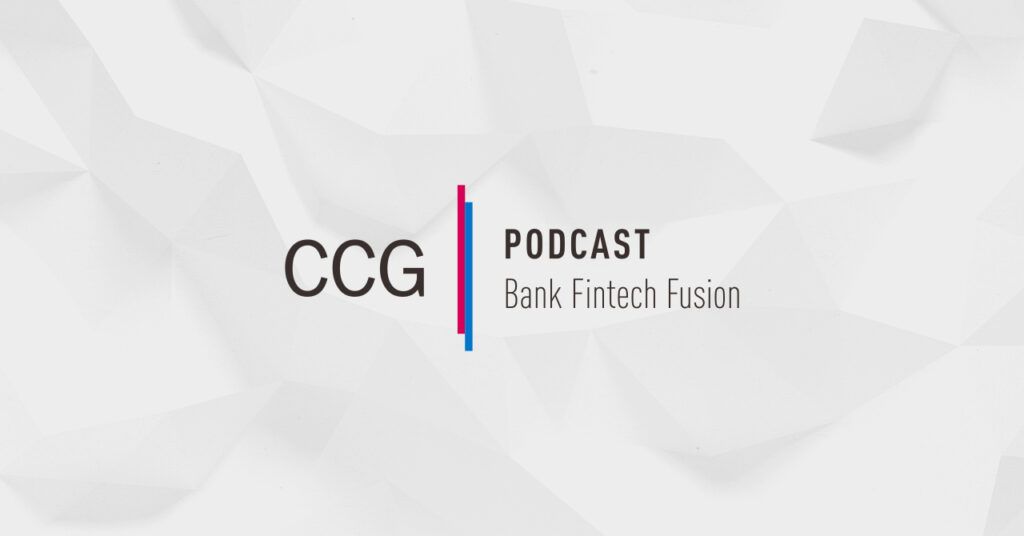Could Community Banks Help Small Businesses with Cash Management Help?

The latest Global Business Monitor survey of 150 U.S. SMEs by Bibby Financial Services confirmed they remain cautiously optimistic about 2018 prospects but concerned about various potential complications.
Thirty-one percent assume cash flow management as one of their biggest challenges. Adding to this concern are related collection issues such as on-time payments, which 41 percent of SMEs mention as the greatest challenge of managing cash flow. Inconsistent or uncertain payment schedules can also limit their ability to efficiently manage business operations and affect business growth.
Financial institutions could help these businesses with lockbox services and provide them with quick and accurate and cost-effective payment processing. Vault and consulting services could also provide management help.
Currently, according to Global Business Monitor survey, in order to fund their businesses, one-quarter of SMEs use external finance, up slightly from 22 percent in 2016. Almost half believe that access to finance in the current market is excellent or good, ranking the U.S. in the top three markets in relation to the availability of finance (alongside Canada and Singapore).
Even with those legitimate concerns, U.S. SMEs profit from more favorable payment situations than their equals in other countries, according to the Global Business Monitor, which also surveyed SMEs in Canada, the Czech Republic, France, Germany, Hong Kong, the Republic of Ireland, the Netherlands, Poland, Singapore and the UK. On average, U.S. businesses wait fewer days for payments than any other country. In contrast to more than 45 days in both France and Singapore, U.S. SMEs wait just 23.5 days for payment from customers, the fastest payment turnaround of any country surveyed for the second consecutive year.
While worried about cash flow and payment, even more, U.S. SMEs cite government regulation (49 percent) and rising overheads/costs (48 percent) as their biggest challenges both currently and in the year ahead.
If businesses do seek funding, 98 percent of banks with less than $10 billion in assets offer small business loans, according to a survey released by the Federal Reserve and the Conference of State Bank Supervisors. However, small business lending at community banks fell by 2.2 percent to $269 billion in 2016. Banks with more than $10 billion in assets saw their small business lending grow by 5.1 percent from 2015 to 2016, reaching $284 billion. In previous years, community banks had higher overall origination volumes.
Small business loans also declined as a percentage of community banks’ portfolios, dipping from 16.6 percent to 15.9 percent. Most commonly identified fellow community banks as their biggest competitor for small business loans. In response to competitive pressure, 61 percent of community banks reported lowering interest rates at least half the time.
Small businesses lending presents a strategic opportunity for community financial institutions. Small business loans drive adoption of other products according to the Fed/State Bank Supervisors survey. Approximately 95 percent of community banks always or usually provided deposit services to small business borrowers, while 38 percent provided cash management. However, bankers seldom took advantage of their lending relationships to provide value-added consulting or advice. For example, just 12 percent typically or always offered succession planning advice, and 11 percent provided wealth management guidance.
For more articles like, “Could Community Banks Help Small Businesses with Cash Management Help?,” subscribe to CCG Insights by CCG Catalyst Consulting Group.








